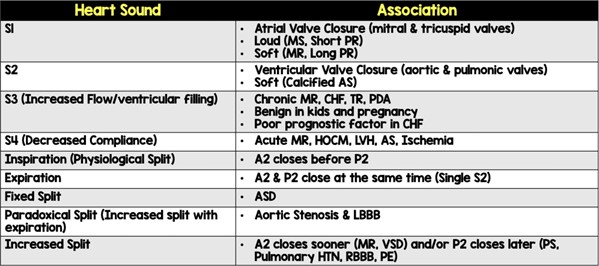An unlicensed assistive personnel (UAP) removes isolation attire before leaving the room of a client who requires droplet precautions. Which action should the PN take?
Instruct the UAP in correct removal of contaminated gloves.
Remind the UAP to remove the gown before removing gloves.
Advise the UAP to remove the mask after exiting the room.
Confirm that the UAP has correctly handled the isolation attire.
The Correct Answer is D
Choice A reason:
Instructing the UAP in the correct removal of contaminated gloves focuses only on one aspect of the PPE removal process. While it is important to remove gloves correctly to prevent contamination, this choice does not address the comprehensive handling of all isolation attire. Proper PPE removal involves multiple steps, including the removal of gowns, masks, and gloves in a specific order to minimize the risk of contamination.
Choice B reason:
Reminding the UAP to remove the gown before removing gloves addresses part of the PPE removal process but not the entire procedure. The correct sequence for removing PPE is crucial to prevent self-contamination. However, this choice does not ensure that all steps are followed correctly. The PN needs to confirm that the UAP understands and correctly performs the entire process, not just one step.
Choice C reason:
Advising the UAP to remove the mask after exiting the room is incorrect because masks should be removed before leaving the isolation room to prevent contamination of the environment outside the isolation area. Droplet precautions require that masks be removed inside the room to contain any infectious agents within the isolation area. This choice could lead to the spread of infection if not followed correctly.
Choice D reason:
Confirming that the UAP has correctly handled the isolation attire ensures that all steps in the PPE removal process are followed correctly. This comprehensive approach helps maintain infection control standards and prevents the spread of infectious agents. By verifying that the UAP has correctly removed and disposed of all PPE, the PN ensures that the UAP adheres to proper protocols, thereby protecting both the healthcare workers and other clients.
Nursing Test Bank
Naxlex Comprehensive Predictor Exams
Related Questions
Correct Answer is ["A","D"]
Explanation
S3 is an extra heart sound that occurs during diastole (the filling phase of the cardiac cycle). It is commonly associated with conditions such as heart failure and volume overload. S3 is often described as a low-frequency, dull, and distant sound heard after S2 (the second heart sound).
B, C- S1, and S2 are the normal heart sounds that are typically heard in all individuals. S1 is the first heart sound, heard as "lub," and is caused by the closure of the mitral and tricuspid valves. S2 is the second heart sound, heard as "dub," and is caused by the closure of the aortic and pulmonic valves. These sounds are normal and expected.
S4 is another abnormal heart sound, which occurs during late diastole and is associated with conditions such as ventricular hypertrophy and reduced ventricular compliance.

Correct Answer is ["B","C","E"]
Explanation
The practical nurse (PN) should provide the following instructions to the unlicensed assistive personnel (UAP) for cleaning the hearing aid of an older adult resident:
A- Keep the battery door closed during storage: his is incorrect because the battery door should be kept open when the hearing aid is not in use. Keeping it open helps prevent moisture buildup inside the device.
B- Remove ear wax from the device's surface: Earwax accumulation can affect the performance of the hearing aid. Instructing the UAP to clean the device's surface and remove any visible ear wax will help maintain optimal functioning.
C- Verify that the device is labeled with the client's identification: Labeling the device with the client's identification is crucial to ensure that it is returned to the correct person. This step helps prevent mix-ups or misplacements of hearing aids among residents.
D- This is not appropriate as it can expose the device to heat and sunlight, which could damage it.
E- Observe and report any ear drainage after removing the device: After removing the hearing aid, the UAP should observe the client's ears for any signs of drainage or abnormal discharge. If ear drainage is noticed, it should be reported to the PN or appropriate healthcare provider for further assessment and management.
Whether you are a student looking to ace your exams or a practicing nurse seeking to enhance your expertise , our nursing education contents will empower you with the confidence and competence to make a difference in the lives of patients and become a respected leader in the healthcare field.
Visit Naxlex, invest in your future and unlock endless possibilities with our unparalleled nursing education contents today
Report Wrong Answer on the Current Question
Do you disagree with the answer? If yes, what is your expected answer? Explain.
Kindly be descriptive with the issue you are facing.
